What is 260 Remington ammo? 🤔
It is a popular rifle cartridge designed for long-range shooting and hunting. It is based on the .308 Winchester cartridge case, necked down to accept a .264-inch (6.5mm) diameter bullet. This cartridge was introduced by Remington in 1997 and has gained a reputation for its accuracy, moderate recoil, and excellent ballistics for hunting various game species.
Features 📝
The features of .260 Remington ammunition can vary depending on the specific manufacturer, load, and bullet type. However, some common considerations:
❇️ Bullet Weight: This ammunition is available with a wide range of bullet weights, typically ranging from 85 grains to 160 grains or more. The choice of bullet weight depends on the intended use, with lighter bullets often favored for varmint hunting and heavier bullets for larger games.
❇️ Bullet Type: There are various bullet types available for such ammo, including hollow point, soft point, ballistic tip, and match-grade bullets. The choice of bullet type depends on whether you’re using the ammo for hunting, target shooting, or other purposes.
❇️ Powder Charge: The amount and type of powder used in it can vary, affecting factors such as velocity, recoil, and accuracy. Different loads are optimized for different purposes, so it’s important to select the right load for your needs.
❇️ Velocity: The velocity can vary depending on the specific load and bullet weight. Typical velocities for .260 Remington rounds range from around 2,600 to 3,000 feet per second (fps).
Benefits 💣
The .260 Remington ammunition offers several benefits that make it a popular choice among shooters and hunters. Here are some of the key advantages:
💥 The combination of the high-BC bullets and the inherent accuracy of the cartridge itself results in exceptional long-range accuracy. Shooters often choose this cartridge for precision shooting competitions and varmint hunting at extended distances.
💥 Compared to larger caliber cartridges, the .260 Remington produces relatively mild recoil. This makes it a comfortable choice for shooters who may be sensitive to heavy recoil or those who plan to shoot for extended periods without feeling fatigued.
💥 It is a versatile cartridge suitable for various shooting applications. It can be used for hunting a wide range of game species, from small varmints to larger animals like deer and antelope. Match-grade loads are also available for competitive shooting.
💥 This ammo is known for its efficient powder combustion, resulting in reduced barrel wear compared to cartridges with more aggressive powder charges. This can contribute to longer barrel life for your firearm.
💥 Handloaders can take advantage of the .260 Remington’s versatility by experimenting with different bullet weights and powder charges to tailor ammunition to their specific needs.
6.5 Creedmoor vs .260 Remington💡
They are both popular cartridges in the 6.5mm caliber family, and they share many similarities, but they also have some differences. Here’s a comparison of the two cartridges:
| ☑️ Cartridge Origin: Developed in 2007 by Hornady, the 6.5 Creedmoor was designed specifically for long-range precision shooting and target competition. Introduced by Remington in 1997, the .260 Remington is based on the .308 Winchester case necked down to accept a 6.5mm bullet. It was originally designed for hunting but has found popularity in competitive shooting as well. |
| ☑️ Ballistics: Both cartridges are known for their excellent ballistics and long-range capabilities. They offer flat trajectories and high ballistic coefficients (BCs) due to their 6.5mm bullet diameter, making them effective at extended distances. |
| ☑️ Recoil: These cartridges have relatively mild recoil compared to larger calibers, which makes them popular among shooters who want to engage in extended shooting sessions or those sensitive to recoil. |
| ☑️ Bullet Selection: Both cartridges offer a wide variety of bullet weights and types, allowing shooters to choose the right ammunition for their intended purpose, whether it’s target shooting, hunting, or competition. |
| ☑️ Ammunition Availability: The 6.5 Creedmoor gained popularity more recently and had excellent ammunition availability from various manufacturers. The .260 Remington has been around longer and had good availability as well, but it might not have been as widely available as the 6.5 Creedmoor. |
| ☑️ Barrel Life: The 6.5 Creedmoor is often considered to have a slight advantage in terms of barrel life compared to the .260 Remington. The Creedmoor’s powder selection and case design are believed to generate less barrel heat and wear over time. |
| ☑️ Precision Shooting: Both cartridges are favored by precision shooters, but the 6.5 Creedmoor gained a reputation for its accuracy in long-range competitions and has become a favorite among many competitive shooters. |
| ☑️ Hunting: These cartridges are effective for hunting medium-sized game, such as deer and antelope. Bullet selection and shot placement are key factors in hunting performance. |
| ☑️ Rifle Availability: Many rifle manufacturers offer rifles chambered in both 6.5 Creedmoor and .260 Remington, so shooters have a variety of firearm options to choose from. |
🎯 Both cartridges are excellent choices for long-range shooting, hunting, and competitive shooting. Your decision should be based on your specific needs, available ammunition, rifle preferences, and intended use. Be sure to check for any developments in cartridge popularity and ammunition availability, as these factors can change over time.
260 Remington Ammo Review | Best 260 Remington Ammo
1# Nosler .260 Remington 120 Grain E-Tip Brass Cased Centerfire Rifle Ammunition
Our team had the opportunity to examine the premium Nosler 260 brass, which is loaded with high-quality, lead-free rifle ammo designed for big-game hunting. What makes these cartridges stand out is the meticulous craftsmanship that goes into their production, aligning with Nosler’s well-established reputation for quality in the market. The classic boat tail (BT) design of these bullets is synonymous with long-range accuracy and performance. Thanks to the OD green polymer tip, shooters can expect true flight, deep penetration, and uniform expansion upon impact. What sets these cartridges apart is the exclusive Expansion Control Ring (ECR), which ensures consistent expansion even at extended shooting distances in the field. In summary, these cartridges loaded into Nosler 260 brass offer hunters a reliable and effective choice for big-game hunting, with a focus on quality, performance, and compliance with lead-free hunting regulations.
2# Remington Premier Match .260 Remington 140 Grain Barnes Open Tip Match Boat-Tail Centerfire Rifle Ammunition
You’ve probably heard the saying, “They’re so accurate, you could drive tacks with them”. Well, that saying likely refers to Remington Premier Match ammunition. This ammunition takes precision shooting to the next level by using only match-grade bullets and employing meticulous loading techniques that guarantee world-class performance and accuracy with every shot. When it comes to accuracy, this ammunition sets an incredibly high standard that’s hard to put into words. It’s the kind of ammunition that consistently proves its remarkable accuracy on paper targets. In a world where pinpoint precision is crucial, it stands out as a top choice for shooters who demand nothing but the best. It’s the kind of ammunition that lets your shooting skills shine and consistently delivers exceptional results downrange!
3# Sig Sauer SIG Hunting .260 Remington 130 grain Controlled Expansion Tip Centerfire Rifle Ammunition
The concentric blackened jacket plays a crucial role in ensuring that this ammunition reliably delivers explosive expansion upon impact. This feature is essential for hunters seeking effective on-game performance, particularly on medium to large-sized animals at extended ranges. An exclusive jacket design has been incorporated into this ammunition to enhance its on-game performance significantly. As our tests have shown this design makes it particularly devastating when used on medium to big game, especially at extended shooting distances. Thanks to an enhanced boat tail design, this ammunition exhibits superior flight characteristics across a wide range of velocities. This aspect is crucial for shooters searching for consistent and accurate shots. Moreover, these cases offer significant anti-corrosion qualities, which can be a valuable asset for shooters who venture into various environmental conditions.
4# Barnes Vor-Tx .260 Remington 120 grain TTSX Boat Tail Centerfire Rifle Ammunition
Barnes, known for their innovation in bullet design, presents hunters with a factory-loaded round that excels in accuracy, terminal performance, and hand-loaded precision. What sets these rounds apart are the Tipped TSX and Tipped TSX FN bullets, both featuring double-diameter expansion and being constructed entirely from copper. In the case of the 260 Remington 120-grain boat tail bullet, these rounds deliver maximum tissue and bone destruction, pass-through penetration, and an incredible transfer of energy with each shot. Hunters who prioritize consistent results rely on Vor-Tx ammunition to meet their demands for accuracy and terminal performance. Specifically designed for the .260 Remington chambering, these bullets provide exceptional accuracy in a traditional round. In summary, it is engineered to deliver superior terminal performance, unwavering reliability, and outstanding accuracy.
5# Remington Core-Lokt .260 140 Grain Core-Lokt Pointed Soft Point Centerfire Rifle Ammunition
Designed by Remington, this rifle ammunition is tailored for larger games and is best suited for rifles with barrels longer than 56 inches. What sets it apart is the unique construction of the bullet. The tapered copper jacket is expertly bonded to a solid lead core, resulting in substantial two-fold expansion upon impact. Our research has shown that this design not only ensures impressive weight retention but also delivers astounding terminal performance, making it an ideal choice for taking on dangerous games. Another notable feature is the solid metal construction, guaranteeing the durability and potential for reusing this ammunition multiple times. This attribute speaks to its long-lasting value. So, if you’re gearing up for your next hunting adventure, consider this ammo. It’s a reliable companion for the hunting grounds, backed by decades of trust and performance in the field.
6# Hornady Superformance .260 Remington 129 Grain Super Shock Tip Centerfire Rifle Ammunition
This innovation, known as Superformance, represents a significant leap in ammunition design. It breaks away from tradition by delivering the highest performance across the market without compromise. The key lies in the use of ultra-progressive propellants specifically tailored for your favorite SST or GMX bullets, pushing them to performance levels previously thought unattainable with conventional propellants. One of its standout features is its versatility. It offers increased performance across various firearm types, including semi-automatics, lever-action rifles, and pump-action shotguns. Additionally, it delivers improved rifle performance without causing increased barrel wear or felt recoil. Plus, it excels in temperature stability, making it a reliable choice for shooters in different environmental conditions. In summary, this ammunition is a revolutionary advancement in ballistics, delivering impressive speed without the drawbacks commonly associated with high-velocity rounds. It’s a versatile and dependable option for shooters seeking top-tier performance and accuracy.
7# Barnes Precision Match .260 Remington 140 grain Match Burner Open Tip Match Boat Tail Centerfire Rifle Ammunition
This ammunition is designed with the discerning shooter in mind, those who demand nothing less than exceptional performance and consistent results. It caters to the needs of those seeking uncompromising performance and accuracy, particularly for long-range shooting. What sets it apart is Barnes’ unwavering commitment to precision in manufacturing and quality standards. Our findings show that this dedication results in low standard deviations and extreme consistency in performance, ensuring that every round delivers as expected. Notably, such cartridges are trusted by America’s Military Elite, a testament to their reliability and precision. The ammunition features first-quality, factory-fresh brass, adding to its appeal for shooters who prioritize top-tier performance and consistent long-range results. In summary, this ammunition in .260 Remington 140 grain is a dependable choice for shooters seeking uncompromising precision and accuracy!
How to reload it? 🧑🔧
Reloading .260 Remington ammunition can be a rewarding and cost-effective way to tailor your ammunition to your specific needs, whether you’re interested in precision shooting or hunting. Here are the basic steps:
➡️ Gather Equipment and Components:
- 🛠️ Reloading Press: You’ll need a reloading press to perform various reloading operations like resizing, priming, and seating bullets.
- 🛠️ Dies: Invest in a set of .260 Remington reloading dies, including a full-length resizing die, a bullet seating die, and a neck sizing die if you prefer neck sizing.
- 🛠️ Brass: Collect once-fired or new 260 Remington brass cases. Ensure they are clean, undamaged, and have uniform case lengths.
- 🛠️ Primers: Choose the appropriate size and type of primers for .260 Remington. Small rifle primers are commonly used.
- 🛠️ Powder: Select a suitable powder based on the load data for your specific bullet and desired performance. Consult reloading manuals or reputable online sources for load data.
- 🛠️ Bullets: Choose bullets that match your intended use, whether it’s target shooting or hunting. Ensure they have the correct caliber and weight.
| ➡️ Inspect and Clean Brass: | ✔️ Inspect your brass for cracks, dents, or defects. Discard any damaged cases.
✔️ Clean the brass to remove dirt, debris, and residue. Many reloaders use a tumbler with corn or walnut media for this purpose. |
| ➡️ Resize and Deprime: | ✔️ Lubricate the brass using a suitable case lube.
✔️ Run the brass through the full-length resizing die to ensure it’s within the specified dimensions. ✔️ Deprime the cases during this step. |
| ➡️ Trim and Chamfer: | ✔️ Check the case length with a case trimmer and trim cases that exceed the maximum allowable length.
✔️ Use a chamfering tool to chamfer the case mouths for smooth bullet seating. |
| ➡️ Prime Cases: | ✔️ Insert new primers into the primer pockets of the resized brass. Use a primer tool or press. |
| ➡️ Measure Powder Charges: | ✔️ Carefully measure and weigh powder charges according to the load data for your chosen bullet and powder combination.
✔️ Use a powder scale and trickle to achieve precise charges. |
| ➡️ Charge Cases: | ✔️ Carefully pour the measured powder charges into each case.
✔️ Verify that no double charges or overcharges occur. |
| ➡️ Seat Bullets: | ✔️ Use the bullet seating die to seat bullets to the desired overall cartridge length (OAL) based on your specific load data.
✔️ Ensure that the bullet is seated straight and to the correct depth. |
| ➡️ Crimp (if necessary): | ✔️ Some reloaders may choose to apply a slight crimp to the case mouth, but this is generally not necessary for bolt-action rifles. |
| ➡️ Check and Inspect: | ✔️ Inspect each reloaded cartridge for any defects or issues.
✔️ Label or mark your cartridges with load data for future reference. |
| ➡️ Test Fire and Adjust: | ✔️ Always start with the minimum recommended powder charge and work up while checking for pressure signs.
✔️ Test fire your reloaded ammunition to ensure it functions safely and accurately in your firearm. |
📌 Reloading ammunition requires careful attention to detail and adherence to established reloading manuals and guidelines. It’s essential to follow safe reloading practices to ensure the reliability and safety of your reloaded ammunition.
FAQ 😎
Conclusion 😊
260 Remington ammo is an excellent caliber for many shooters. In this article, we’ve taken a look at different ammo rounds and given our recommendations for how the right round, can be used for hunting, plinking, or competition shooting. We hope our recommendations have helped you choose the best one for your needs. Thanks for reading!🤠👍
Tags: 260 remington ammo, 260 remington ammo for sale, remington.260 ammo, 260 remington ammo ballistics
#Best #260 Remington #Ammo #Review #Remington #Winchester #Self #Homme #Defense #Hornady #Sale #Ballistics
Affiliate Disclosure: Rotorm.com sometimes gets paid for listings, through sponsors or affiliate programs like Amazon, Optics Planet, Lucky Gunner, Brownells, Cabelas, Rainier Arms, 5.11 Tactical, Bass Pro Shop, etс. Clicking a link helps keep Rotorm.com free, at no extra cost to you!
About the author: Each article on our site is written by experts in survival and tactical equipment, gun enthusiasts, extreme travelers, military, law enforcement and desperate professionals, read about the author at the bottom of the article or visit "About Us" page.
Note: The views and opinions expressed in this article are those of the authors and do not necessarily reflect the official policy or position of any agency.


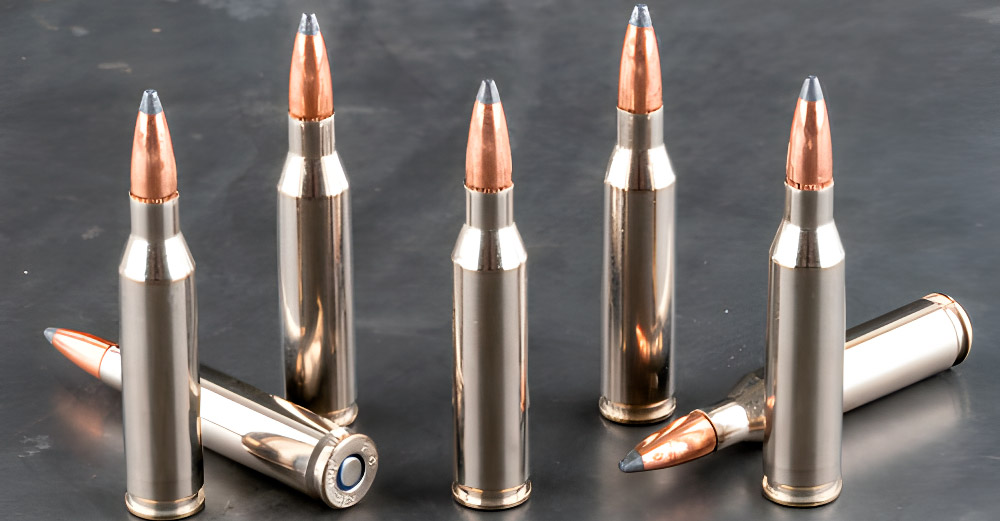
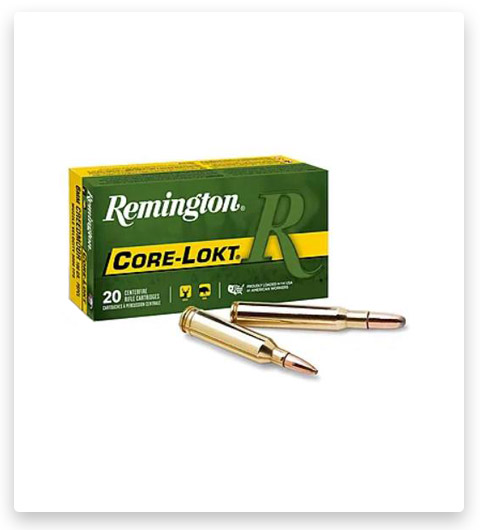
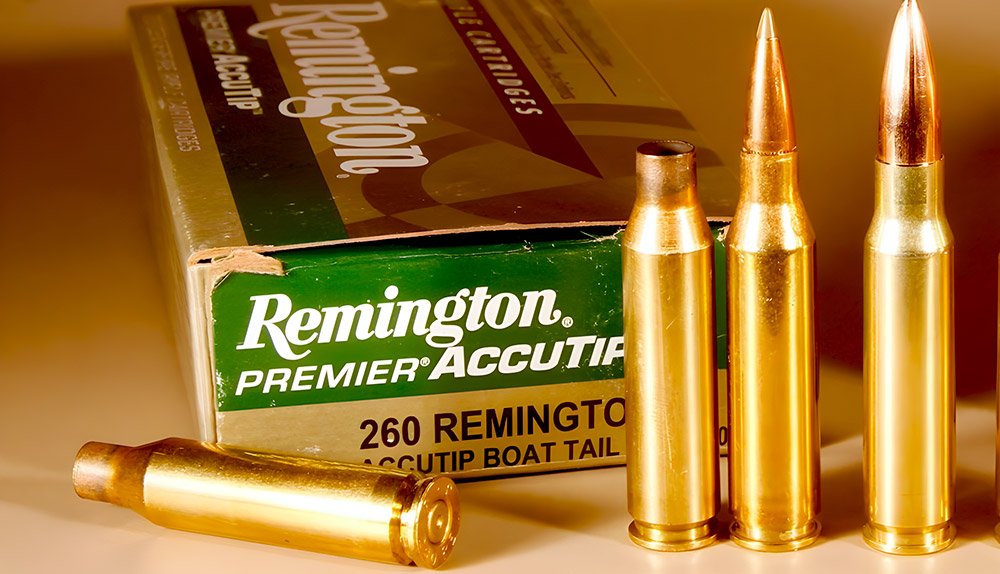
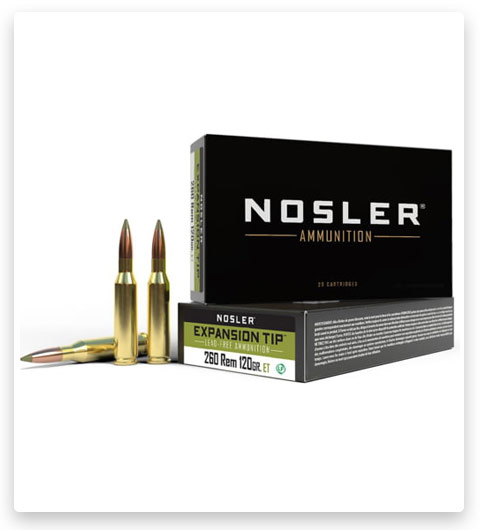

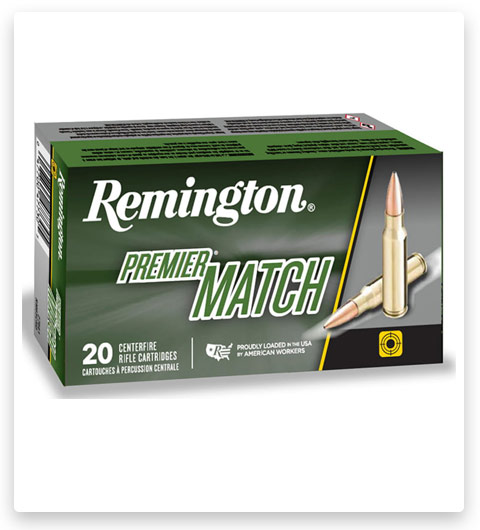
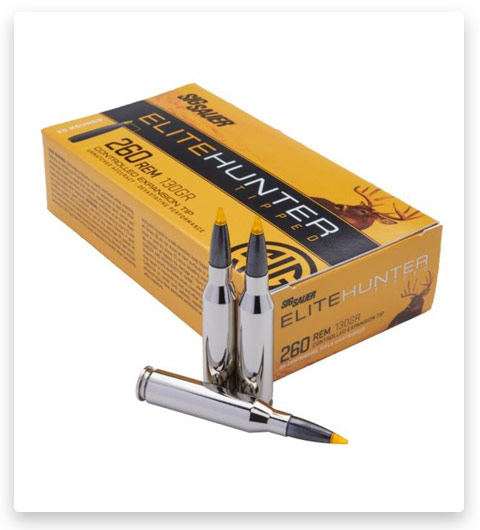
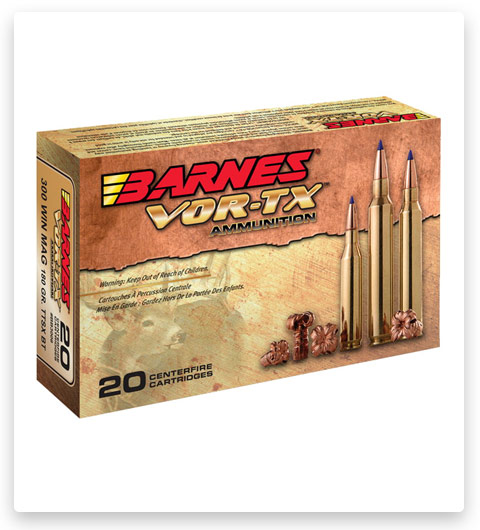
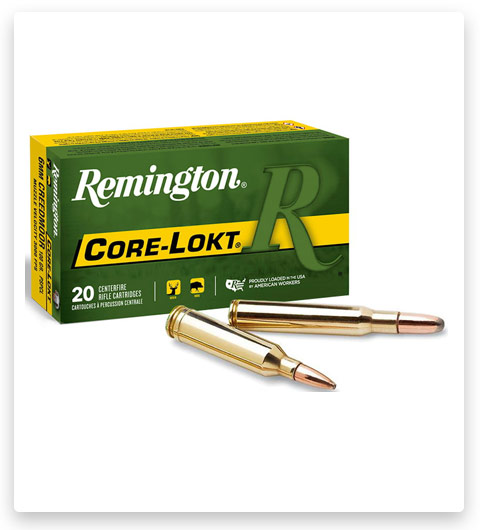
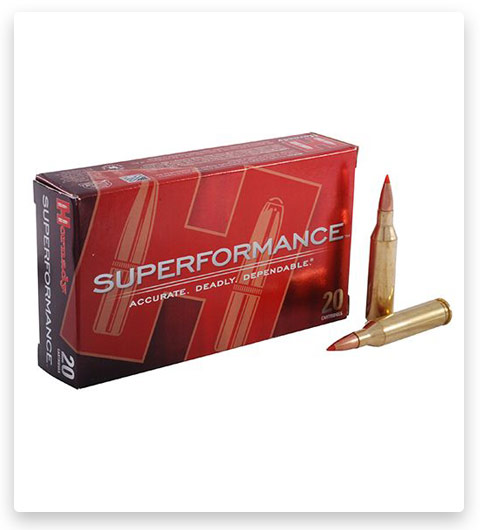
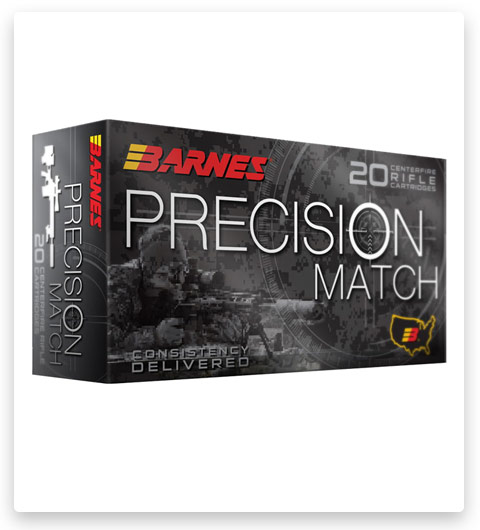
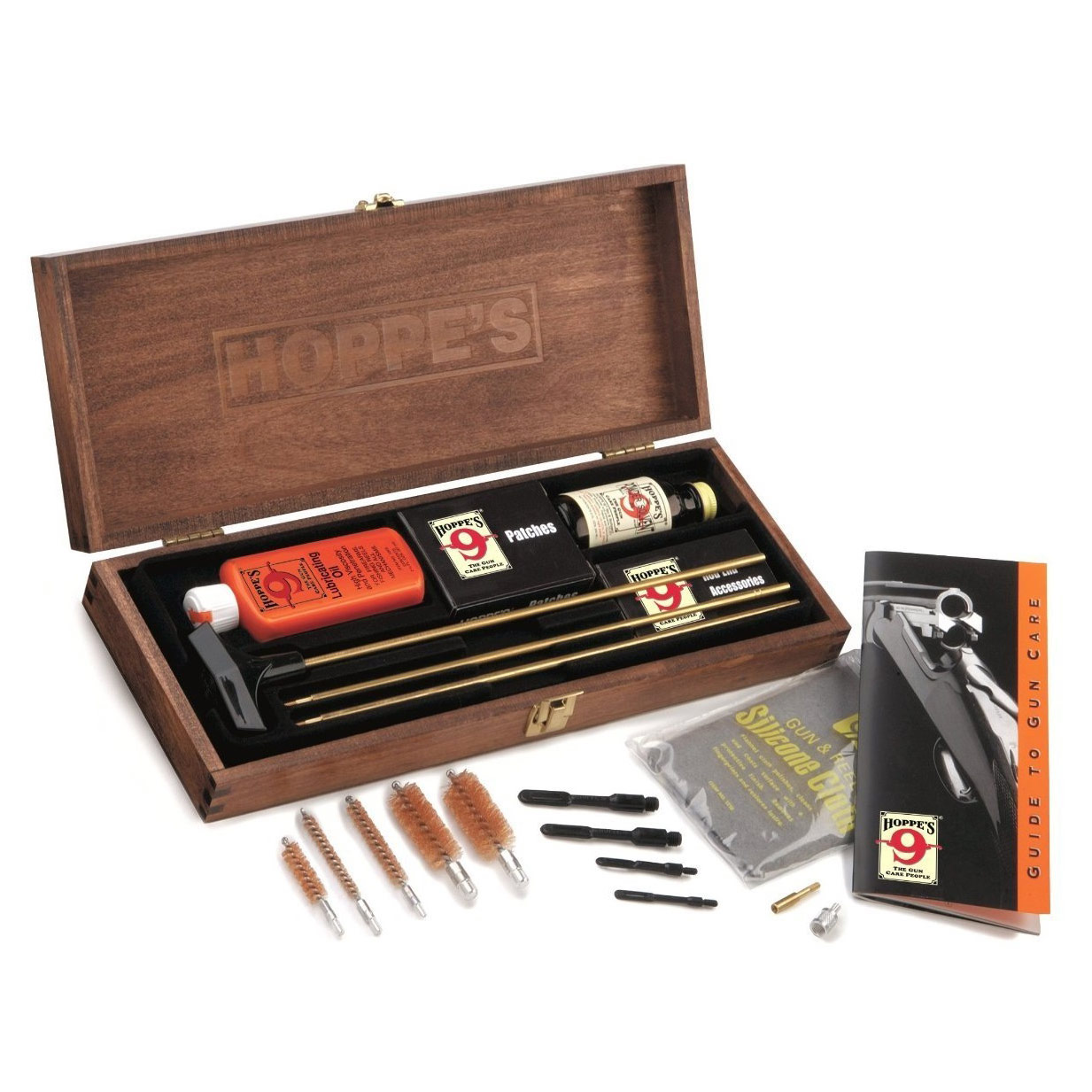
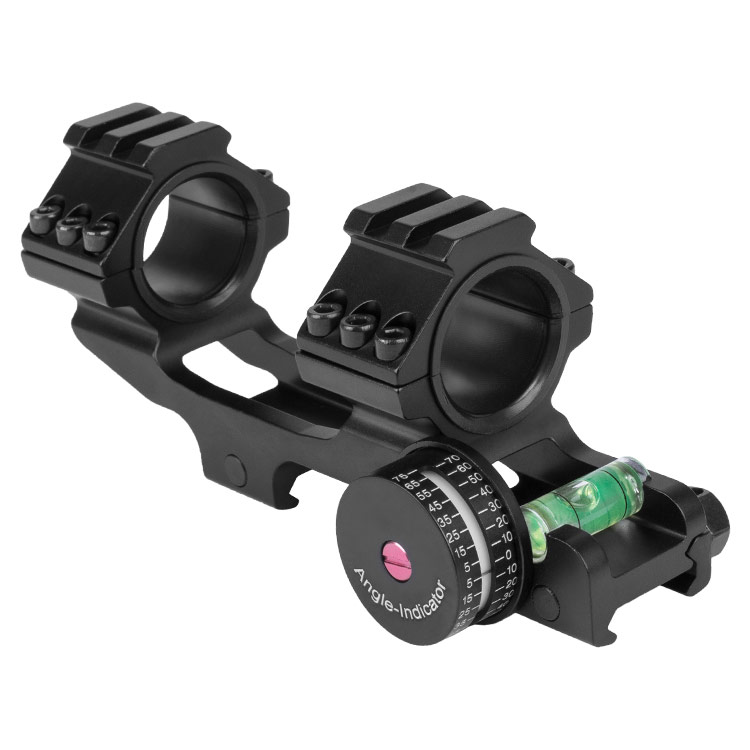

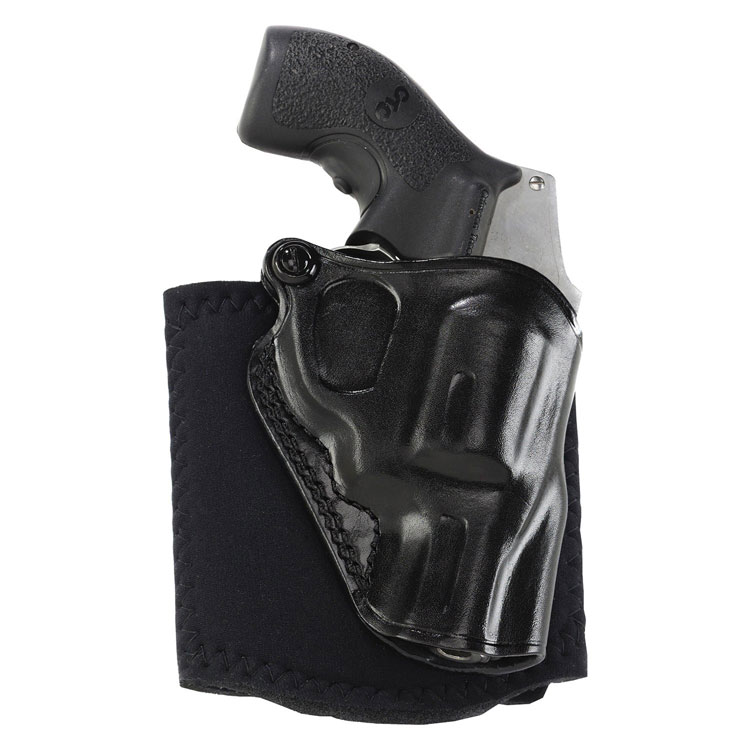
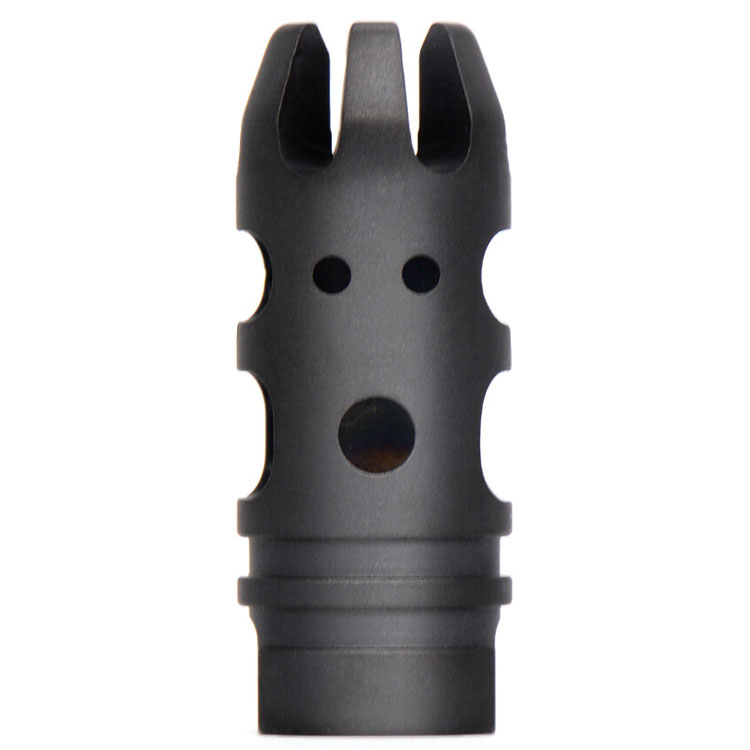
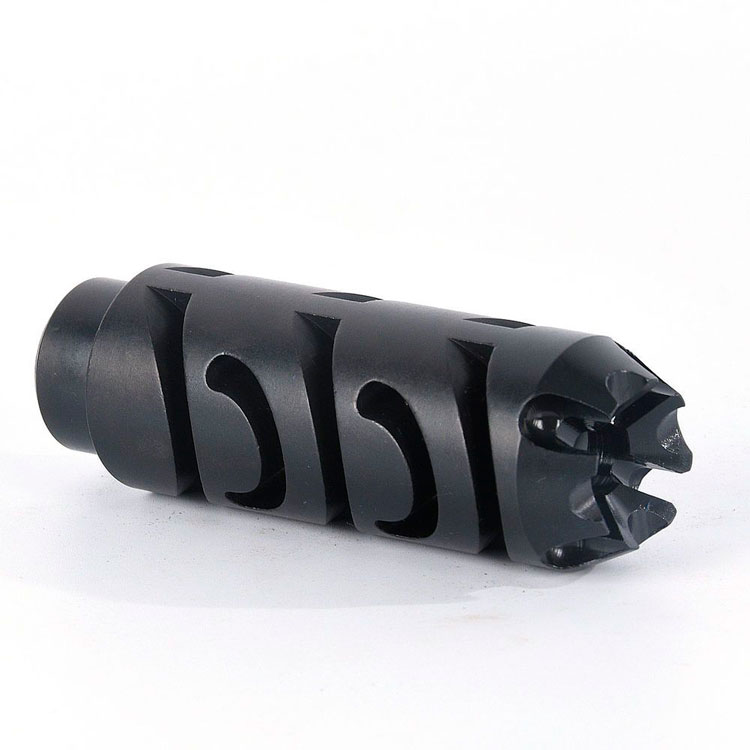


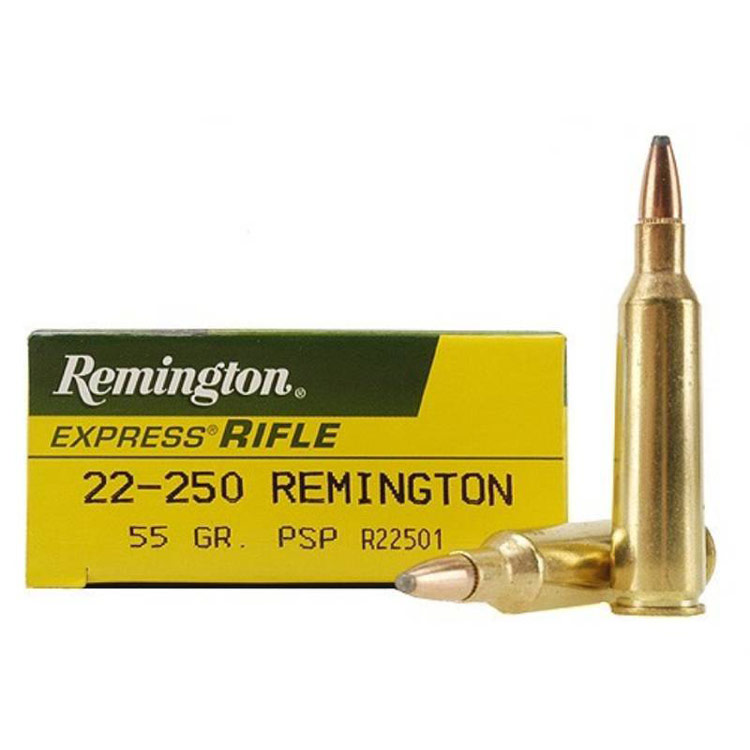
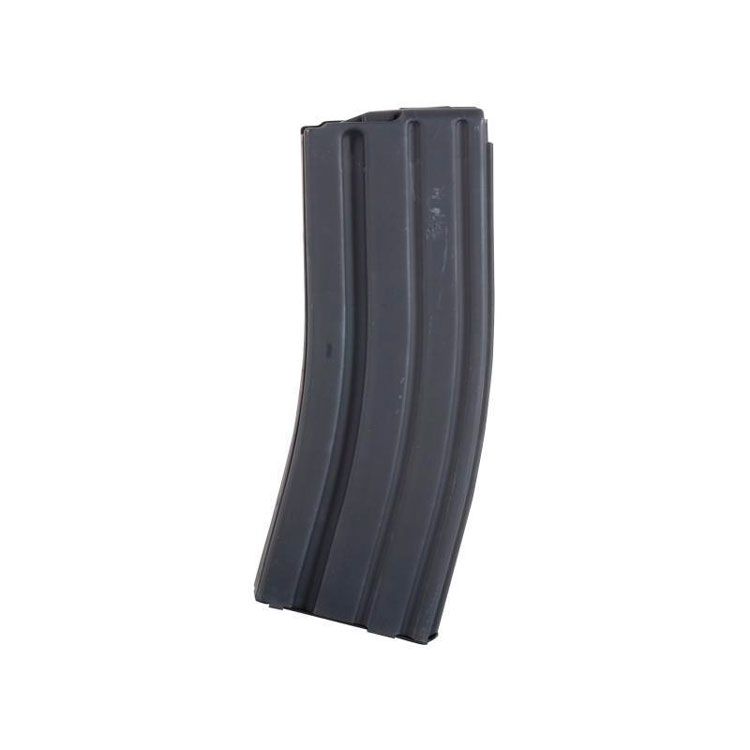

![Read more about the article Best Remington Upgrades & Accessories [All You Need To Know]](https://rotorm.org/wp-content/uploads/2023/01/иконка-4.jpg)
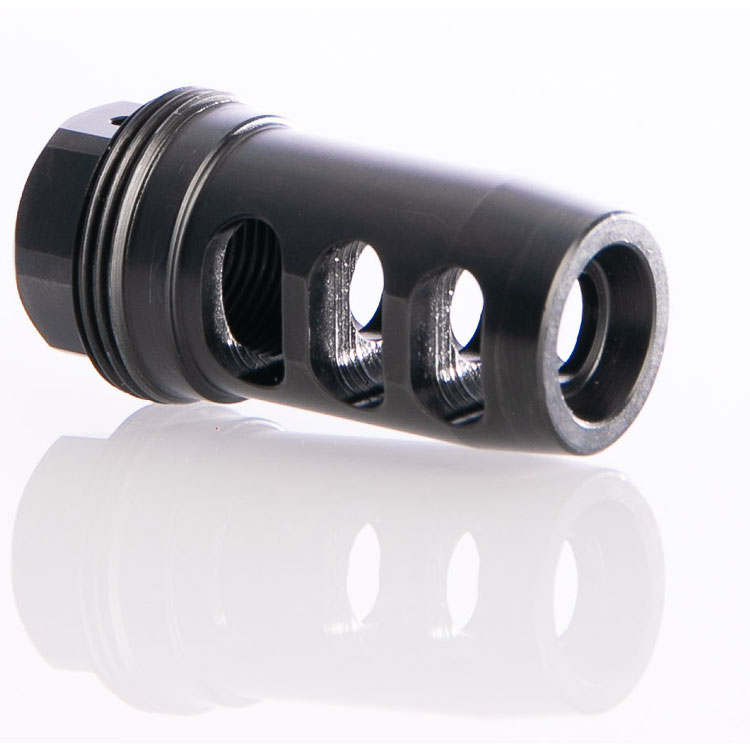
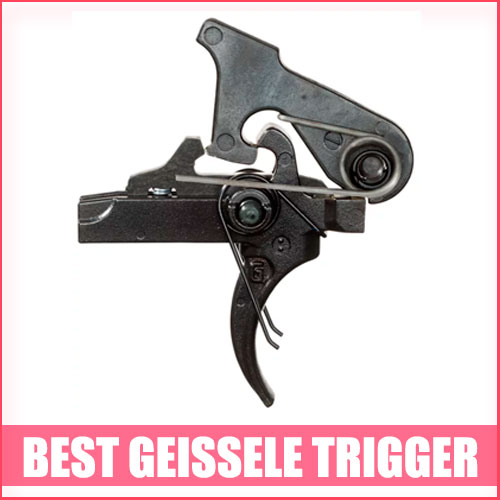
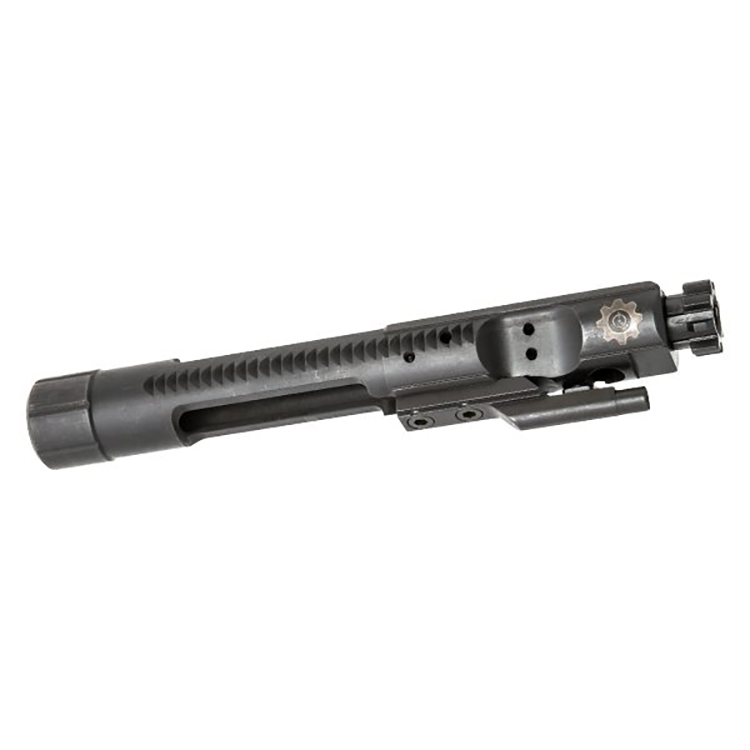
Is anyone else a fan of the .260 Remington cartridge, like I am?
I shot my first deer as a teenager using my grandfather’s Remington 700 chambered in .260 Remington. Ever since that memorable moment, this cartridge has held a special place in my heart. Recently, I acquired a Savage rifle chambered in .260 Remington for myself. I’m looking forward to the possibility of teaching my kids to shoot with it when they get older.
I have a deep appreciation for the .260 Remington cartridge. I acquired mine back when the cartridge was still somewhat undecided in terms of mainstream popularity. I can honestly say I have no regrets about that choice. Achieving 2950 feet per second with the Barnes Vor-Tx .260 Remington 120 grain TTSX Boat Tail Centerfire Rifle Ammunition makes it a formidable option for taking down mule deer and pronghorn at ranges that some might consider “unconventional” for hunting. It’s safe to say that the .260 Remington has become my favorite cartridge for shooting.
When it comes to cartridges in the .308 family, I have a preference for them. It’s a commonly held belief around here that the 7mm-08 Remington might not have sufficient powder capacity to maximize the potential of 7mm bullets. So, when considering the other two cartridges in this family, which one stands out as the superior choice for long-range shooting – .243 Win or .260 Rem?
✒️ The choice between the .243 Winchester (.243 Win) and the .260 Remington (.260 Rem) depends on your specific shooting needs and preferences. Both cartridges have their own strengths and characteristics, so let’s compare them:
📢 .243 Winchester (.243 Win):
💠 Bullet Selection: It is known for its wide range of bullet options, making it versatile for various purposes. It’s commonly used for varmint hunting and also works well for deer-sized game.
💠 Low Recoil: The .243 Win generates relatively mild recoil, making it an excellent choice for recoil-sensitive shooters, young hunters, or those who want a pleasant shooting experience.
💠 Flat Trajectory: It offers a flat trajectory, making it suitable for longer-range shots. This is beneficial for varmint hunting or target shooting.
💠 Adequate for Deer: While some consider it on the light side for deer hunting, with proper shot placement and appropriate bullet selection, the .243 Win can be effective for deer-sized game within reasonable distances.
📢 .260 Remington (.260 Rem):
💠 Long-Range Potential: The .260 Rem is renowned for its long-range accuracy and ballistics. It’s a favorite among precision shooters and long-range enthusiasts.
💠 Versatile Bullet Weight: It’s available in a variety of bullet weights, but it truly shines with heavier bullets in the 140-147 grain range. This makes it effective for long-range precision shooting and hunting medium-sized game.
💠 Moderate Recoil: While it has more recoil than the .243, it’s still considered moderate, making it manageable for many shooters.
💠 Hunting and Target Shooting: The .260 Rem excels in both hunting and target shooting, especially when precision and accuracy are paramount.
💡 In summary, if you prioritize a flatter trajectory, versatility for varmint hunting, or a low-recoil option, the .243 Win may be the better choice. On the other hand, if you’re looking for long-range precision, versatility for medium-sized game, and don’t mind slightly more recoil, the .260 Rem might be the superior option. Ultimately, your choice should align with your specific shooting goals and the type of shooting or hunting you plan to do.
The decision really depends on a few factors. When comparing the .243 Win and the .260 Rem, there are some considerations to keep in mind. The .243 Win has a reputation for being a “barrel burner” compared to the .260 Rem. Typically, you’ll get more barrel life out of a .260 Remington. Now, if your .243 has a fast enough twist rate (1:8), you can shoot heavy 115-grain DTAC bullets at nearly 3000 fps, which can be quite competitive with the .260 Rem. It’s only when you start reaching distances of around 1300 yards or so that the .260 Rem gains an advantage. It’s worth noting that neither cartridge has an abundance of factory heavyweight match ammo options available. Both are often used for hunting, so most of the store-bought ammo tends to be lower B.C. hunting loads. To truly get the most out of either cartridge, reloading is often the way to go. If you have an affinity for the .308 family of cartridges, it might also be worth considering the 6.5 Creedmoor, as it offers a wide range of factory match ammo options to choose from.
In my experience, both the .243 and .260 are known as barrel burners. Typically, a .243 barrel can last for approximately 1,500 rounds, while a .260 barrel tends to have a bit more longevity, often lasting for around 1,800 rounds before requiring replacement or rebarreling.
Is there any factory .260 Remington ammunition that you would recommend? I typically reload my own ammunition, but I don’t plan to shoot this rifle extensively, and I’d like to start with factory ammo for convenience.
The Remington Core-Lokt .260 140 Grain Core-Lokt Pointed Soft Point Centerfire Rifle Ammunition has proven to be the most accurate option in my rifle. It consistently deliver good accuracy and are highly effective for hunting in wooded areas.
I recently acquired a .260 Remington chambered in a Remington 700. I’ve collected quite a variety of ammunition for it. In total, I have around 180 rounds of various loads. I’m excited to begin the process of determining what my rifle prefers in terms of accuracy. However, I also share the belief that if the 6.5mm caliber can be considered a versatile “do-it-all” caliber, then why not the .260 Remington? I’m considering the possibility of developing a single, all-purpose load for my rifle once I have my reloading setup ready to go. If you’re familiar with the .260 Remington and willing to offer some guidance, I’d appreciate your input on what type of round to build and the reasons behind your recommendation.
I’ve owned a .260 Remington since 1997 and I’ve always had a fondness for this caliber; no man bun required, of course! It’s worth noting that many Remington rifles come with a 1 in 9 twist rate unless it’s a recent manufacture, in which case it might have a 1 in 8 twist. The slower twist rate might limit you to using shorter bullets and avoiding the super sleek 140-grain and heavier bullets. Throughout the years, I’ve used a variety of bullet weights, ranging from the 100-grain to the heavy 156-grain bullets. However, I’ve found that bullets in the 130-140 grain range work perfectly for most game. Among my favorites are the Nosler .260 Remington 120 Grain E-Tip Brass Cased Centerfire Rifle Ammunition and the Barnes Precision Match .260 Remington 140 grain Match Burner Open Tip Match Boat Tail Centerfire Rifle Ammunition, all of which have performed admirably on deer, mountain goat, and black bear.